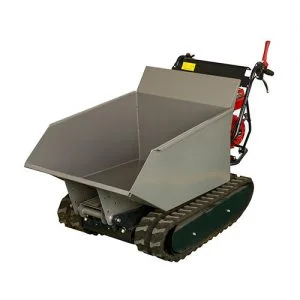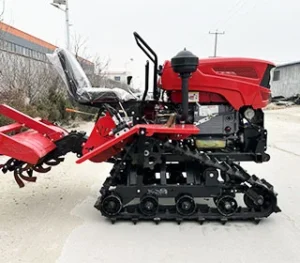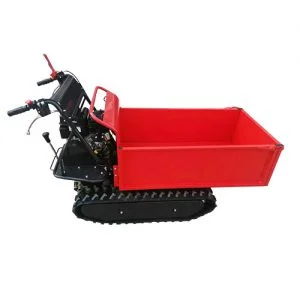How Spraying Drones Are Revolutionizing Pest Control in Farming
Welcome to My Blog!
Before we dive into the content, I’d love for you to join me on my social media platforms where I share more insights, engage with the community, and post updates. Here’s how you can connect with me:
Facebook:https://www.facebook.com/profile.php?id=61557298070472
Now, let’s get started on our journey together. I hope you find the content here insightful, engaging, and valuable.
Introduction
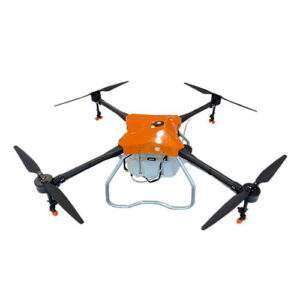
In recent years, technological advancements have increasingly shaped modern agriculture, leading to more efficient and effective farming practices. One such innovation is the use of spraying drones in pest control. These unmanned aerial vehicles (UAVs) are transforming the way farmers manage pests, offering precise, efficient, and environmentally friendly solutions. This blog explores the revolutionary impact of spraying drones on pest control, highlighting their benefits, applications, and the future of this technology in farming.
What Are Spraying Drones?
Spraying drones are specialized UAVs equipped with tanks and nozzles designed to distribute pesticides, herbicides, and fertilizers over crops. Unlike traditional ground-based sprayers, these drones can cover large areas quickly and with high precision. They are often used in conjunction with advanced GPS and imaging technologies to enhance their efficiency and accuracy in pest control.
Benefits of Using Spraying Drones in Pest Control
Precision and Accuracy
Spraying drones offer unparalleled precision in pest control. Equipped with advanced GPS and mapping technologies, these drones can target specific areas of a field that require treatment. This precision minimizes the over-application of chemicals and ensures that only the affected areas receive treatment, leading to more effective pest control.
Increased Efficiency and Speed
One of the standout advantages of spraying drones is their speed. They can cover large areas of farmland quickly, reducing the time required for pest control operations. This efficiency not only saves time but also allows farmers to address pest issues promptly, preventing potential damage to crops.
Reduced Chemical Use and Environmental Impact
Spraying drones can significantly reduce the amount of chemicals used compared to traditional methods. Their precision ensures that chemicals are applied only where needed, minimizing waste and reducing the environmental impact. This targeted approach contributes to more sustainable farming practices and helps protect non-target plants and beneficial organisms.
Access to Hard-to-Reach Areas
Certain areas of farmland, such as steep slopes or wet conditions, can be challenging to reach with ground-based equipment. Spraying drones are highly maneuverable and can easily access these difficult terrains. This capability ensures that even the most challenging areas receive effective pest control.
Enhanced Safety for Farmers
Using spraying drones reduces the need for farmers to handle potentially hazardous chemicals directly. The drones perform the spraying remotely, minimizing the risk of exposure to toxic substances. This added safety feature helps protect farmers’ health and well-being.
Cost-Effectiveness
While the initial investment in spraying drone may be significant, the long-term cost savings are substantial. Reduced chemical usage, faster application times, and lower labor costs contribute to overall savings. Additionally, the improved effectiveness of pest control can lead to higher crop yields and better quality produce, further enhancing profitability.
Data Collection and Monitoring
Modern spraying drone are equipped with advanced sensors and cameras that provide valuable data on crop health and pest activity. This data can be analyzed to make informed decisions about pest management strategies and optimize overall farm management practices.
Comparative Analysis: Spraying Drones vs. Traditional Pest Control Methods
| Aspect | Spraying Drones | Traditional Methods |
|---|---|---|
| Precision and Accuracy | High; targeted application | Lower; often less precise |
| Efficiency and Speed | High; rapid coverage of large areas | Slower; manual or tractor-based methods |
| Chemical Usage | Reduced; precise application | Higher; often leads to over-application |
| Environmental Impact | Lower; reduced chemical runoff | Higher; more chemical runoff |
| Access to Hard-to-Reach Areas | Excellent; can navigate difficult terrains | Limited; less effective in challenging areas |
| Safety | Enhanced; reduces direct chemical exposure | Lower; higher risk of exposure |
| Cost | Cost-effective in the long run | Varies; often higher due to labor and chemical use |
Future Trends in Spraying Drone Technology
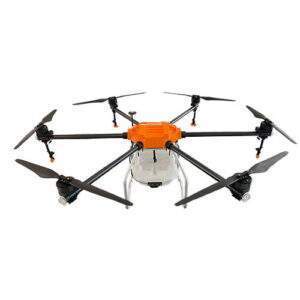
Integration with Artificial Intelligence (AI)
Future advancements in spraying drone technology are expected to involve AI integration. AI algorithms can analyze data collected by drones to predict pest outbreaks, optimize spraying patterns, and improve decision-making processes. This integration will further enhance the precision and effectiveness of pest control measures.
Development of Eco-Friendly Chemicals
As the focus on sustainability continues to grow, there will be an increased emphasis on developing eco-friendly chemicals that can be used with spraying drone. These chemicals will be designed to minimize environmental impact while maintaining effective pest control.
Enhanced Battery Life and Flight Time
Ongoing improvements in drone battery technology are expected to extend flight times and increase the efficiency of spraying operations. Longer battery life will allow drones to cover larger areas in a single flight, further enhancing their utility in large-scale farming operations.
Advanced Sensor Technology
Future spraying drone will likely feature advanced sensors that provide even more detailed data on crop health, soil conditions, and pest activity. These sensors will enable farmers to make more informed decisions and tailor their pest control strategies with greater precision.
Conclusion
Spraying drones are revolutionizing pest control in farming by offering enhanced precision, efficiency, and environmental sustainability. Their ability to target specific areas, reduce chemical use, and access challenging terrains provides significant advantages over traditional pest control methods. As technology continues to advance, spraying drones will play an increasingly vital role in modern agriculture, contributing to more effective pest management and sustainable farming practices.
FAQ
What are spraying drones used for?
Spraying drones are used to distribute pesticides, herbicides, and fertilizers over crops. They provide precise and efficient pest control and can cover large areas quickly.
How do spraying drones improve pest control efficiency?
Spraying drones improve efficiency by covering large areas rapidly, targeting specific areas with precision, and reducing the amount of chemicals used. This leads to faster and more effective pest management.
What are the environmental benefits of using spraying drones?
Spraying drones reduce chemical runoff and minimize the amount of chemicals used, leading to a lower environmental impact. This targeted approach helps protect non-target plants and beneficial organisms.
Are spraying drones suitable for all types of terrain?
Yes, spraying drones are highly maneuverable and can access difficult terrains, such as steep slopes or wet conditions, where traditional ground-based equipment may struggle.
How does using spraying drones impact farmer safety?
Spraying drones reduce direct exposure to potentially hazardous chemicals, enhancing farmer safety. The drones perform the spraying remotely, minimizing health risks associated with chemical handling.
What are some examples of successful spraying drone implementations?
Successful examples include Green Valley Farms, which achieved a 40% reduction in pesticide use, and Harvest Fields Agriculture, which saw a 30% decrease in chemical use and improved pest management.
What future trends are expected in spraying drone technology?
Future trends include the integration of AI for improved decision-making, development of eco-friendly chemicals, enhanced battery life, and advanced sensor technology for more detailed data collection.

